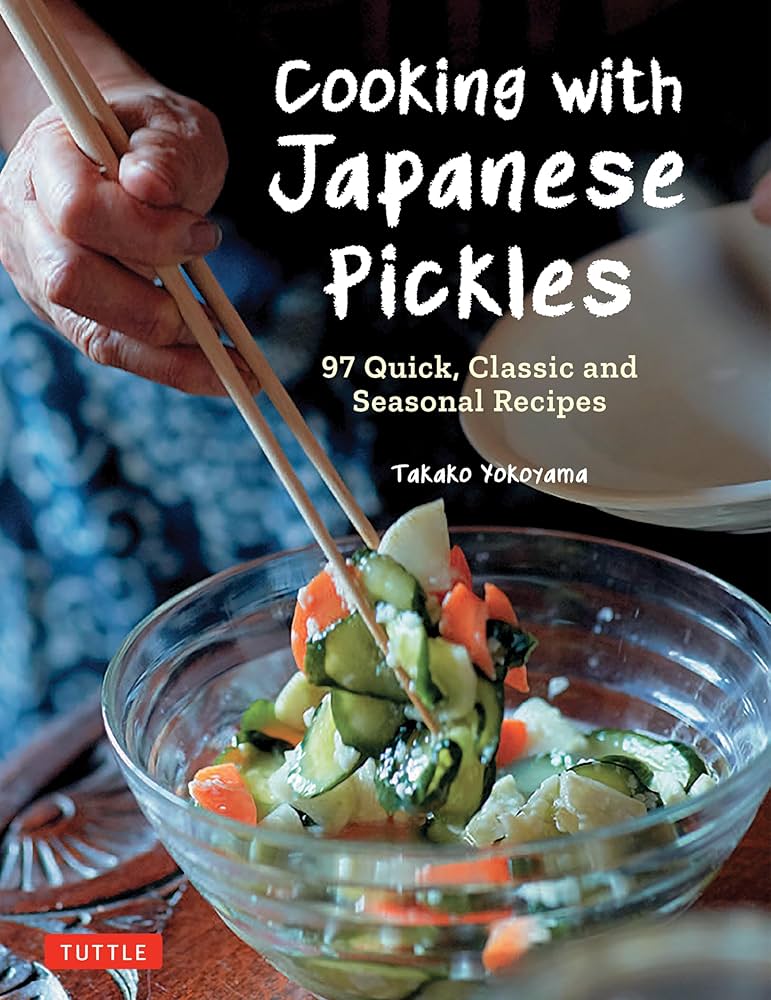A Celebration of Preservation: Pickling, Community and Culinary Creativity
As summer fades and the bounty of the harvest shines bright, many gardening enthusiasts find themselves asking how to keep that seasonal goodness alive through the cold months ahead. Whether you’re nestled in a rural patch or residing in an urban environment, mastering the art of food preservation is a skill that not only ensures flavorful meals throughout the year but also ties us back to our cultural practices and shared family memories. This article dives into the rich traditions and practical techniques behind preserving tomatoes, peaches, berries, and beyond, while also highlighting community gatherings that promote food sovereignty through local events such as the beloved Pickle-Off.

The Art of Preserving Food: A Timeless Skill
The act of preserving food is as old as civilization itself, cherished by families for generations. With the surge in home gardening amid recent world events, many have rekindled their interest in canning, pickling, and freezing, driven not just by a desire for self-sufficiency but also a yearning for the familiar taste of home-cooked meals. Laura Griffin, a county extension specialist for Colorado State University, notes that this renewed interest has prompted many to turn to their kitchens, preparing for the winter by filling their pantry shelves with delectable jars of summer fruits and vegetables.
Griffin emphasizes the importance of following tested recipes: “For the highest quality and safest outcome, follow recipes explicitly. If there are any questions, reach out to a Colorado State University Extension Office to speak with a food science and human nutrition extension agent for answers.” You can also visit CSU’s Preserve Smart website for detailed methods on how to preserve a wide variety of foods.
Popular Preservation Methods
Canning
Canning remains one of the most popular and effective ways to preserve food. There are two main techniques:
- Water bath canning, perfect for high-acid foods like tomatoes and fruits.
- Pressure canning, designed for low-acid foods such as vegetables and meats.
These methods allow you to store the summer’s bounty safely, ensuring that it retains its flavor and nutritional value.

Freezing
Freezing is another excellent option, especially for fruits and vegetables that may lose their texture when canned. Blanching before freezing helps preserve color, texture, and nutritional value, ensuring you have the taste of summer even in the heart of winter.
Drying
Drying is a method that removes moisture to prevent bacterial growth, allowing fruits and herbs to be stored for a long time. It’s perfect for creating concentrated flavors that can be added to various dishes.
Pickling
Pickling, known for its tangy flavor and crunch, adds an acidic environment to foods, preventing spoilage. This method has seen a significant resurgence, especially in community events designed to celebrate local produce and food traditions.
Community Spirit: The Pickle-Off
In Minneapolis, a vibrant community event called the Pickle-Off has emerged as a celebration of both creativity in the kitchen and cultural identity. Initiated by members of the Urban Indigenous community, this friendly competition held at the Four Sisters Farmers Market encourages participants to showcase their pickling prowess and preserve food for winter. As Cassie Holmes, co-founder of the Pickle-Off, states, “This is kind of a big dill.”

Participants gather to share not just their pickles but their stories and heritage. They connect over jars filled with vibrant vegetables and fruits, each representing individual or family histories. This year, the competition had a diverse range of entries, with an array of pickles assessed on visual appeal, crunchiness, color, and taste.
This contest is about much more than who takes home the trophy. It promotes food sovereignty—the notion that communities can control their food sources, enhancing local networks and healthy eating practices. The event, supported by the Native American Community Development Institute, underscores how food brings people together, celebrates tradition, and encourages the sharing of knowledge.
Destiny Jones, a talented contestant and member of the Ho-Chunk Nation, won the “Best Pickle” award for her Spicy Dill recipe. “I use a lot of fresh herbs—dill, garlic, and fresh peppers,” Jones shared. “That is spicy dill, and I feel like that got me some extra points.”

Favorite Recipes for the Home Preserver
To get you started on your preservation journey, here are a few standout recipes that can bring the essence of summer straight into your winter meals:
Savory Corn Pudding
A delightful dish made with fresh Olathe corn that can serve as a comforting side dish or a stand-alone meal.

Hays House Peach Pie
A summer staple featuring Palisade peaches, it captures the essence of warm weather in every slice.

Kosher Dill Pickle Spears
Classic dill pickles can add a fresh crunch to your meals and complement a variety of dishes.

Blackberry Pie
This dessert adds a touch of sweetness and is perfect for using home-grown blackberries.

Final Thoughts
As the days shorten and the air turns crisp, the skills of preserving become not just a practice but a cherished tradition connecting us with our past and community. So, whether you’re diving into your first canning session or competing in your local pickle event, remember that each jar sealed is a slice of summer waiting to be enjoyed. Engage your friends and family in this delightful craft, and carry on these beautiful traditions that make our meals just a little bit sweeter.
For more insights into food preservation and how to get involved in local food sovereignty events, visit the National Center for Home Food Preservation and consider reaching out to your nearby extension office for resources tailored to your needs.


 Photo by
Photo by 












